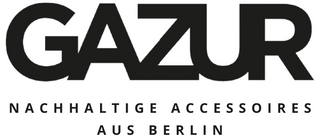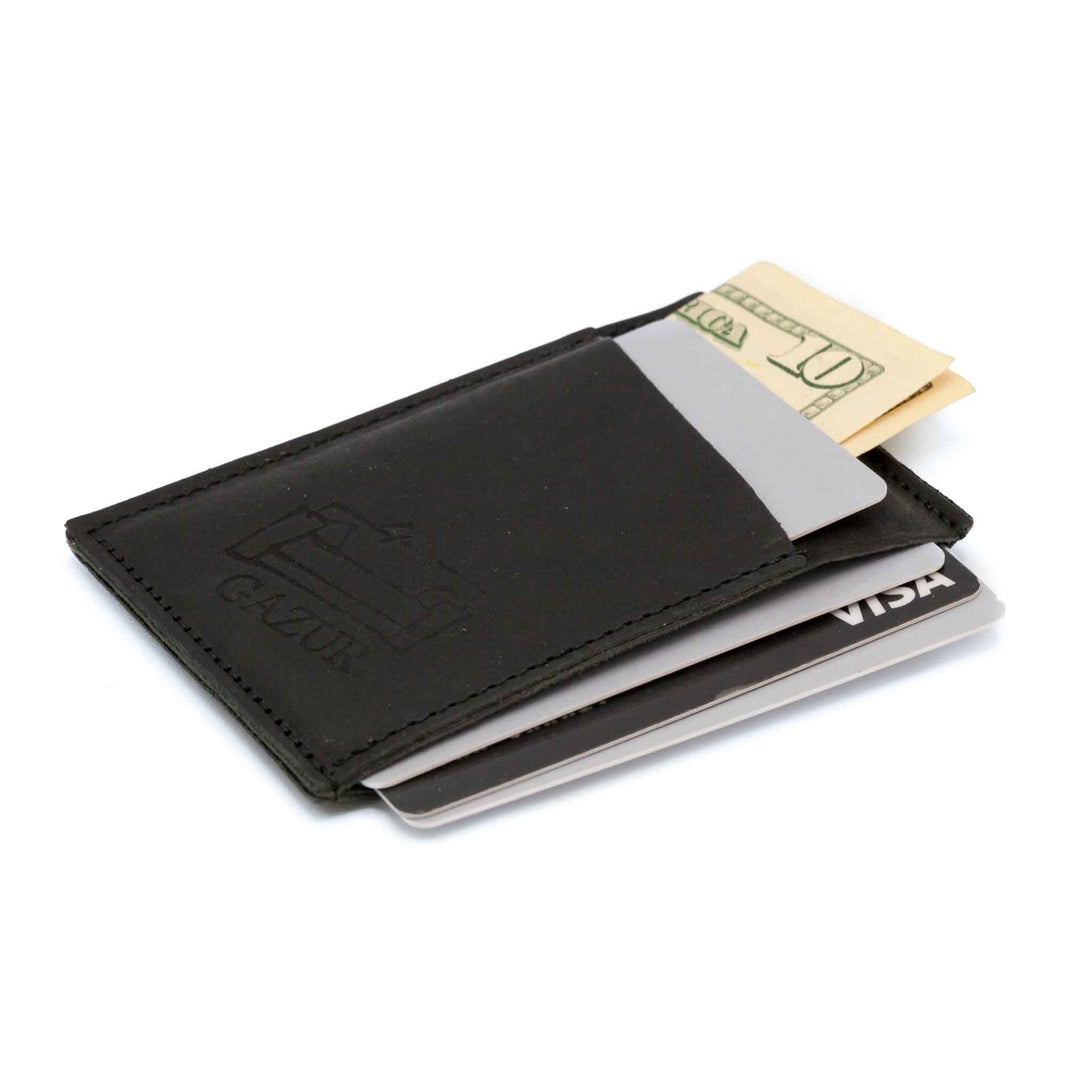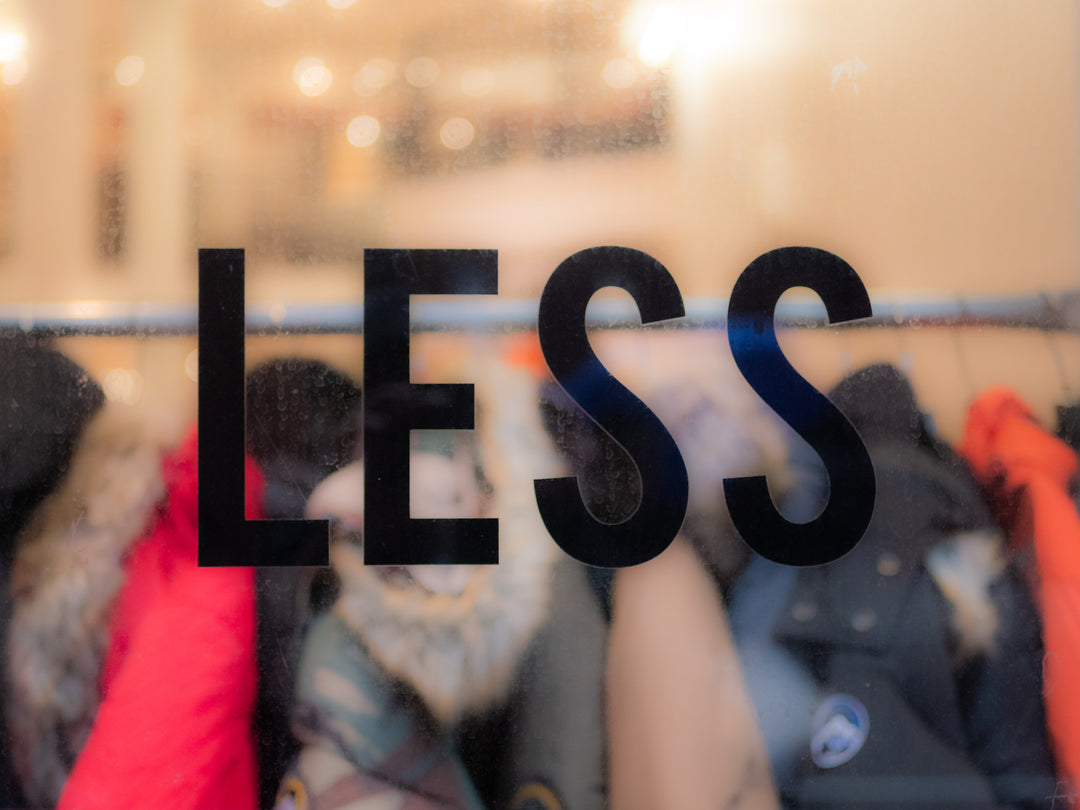In today's world, where environmental awareness is on the rise, sustainable fashion has emerged as a popular choice for conscious consumers. However, navigating the terminology associated with sustainable fashion can be overwhelming. In this blog post, we will delve into the key terms and definitions behind sustainable fashion, shedding light on the concepts and practices that make a significant difference in promoting a more ethical and eco-friendly approach to clothing. Whether you're new to sustainable fashion or seeking a deeper understanding, this guide is here to help.
-
Sustainable Fashion: Sustainable fashion refers to the design, production, and consumption of clothing that minimizes negative impacts on the environment and society. It encompasses various principles, including reducing carbon footprint, conserving resources, promoting fair labor practices, and supporting local economies. Sustainable fashion aims to create a balance between style and sustainability, offering alternatives to the fast fashion industry's detrimental practices. By embracing sustainable fashion, consumers contribute to a more circular economy and help address the social and environmental challenges associated with traditional fashion.
-
Ethical Fashion: Ethical fashion focuses on the social aspect of sustainability in the fashion industry. It emphasizes fair trade practices, ensuring that workers involved in the production process receive fair wages, safe working conditions, and reasonable working hours. Ethical fashion brands often prioritize transparency, traceability, and accountability, enabling consumers to make informed choices. By supporting ethical fashion, consumers contribute to the empowerment and well-being of workers in the fashion supply chain, fostering a more equitable and just industry.
-
Slow Fashion: Slow fashion encourages a mindful and intentional approach to clothing. It promotes quality over quantity, advocating for garments that are timeless, durable, and well-made. Slow fashion encourages consumers to buy less, choose well, and make the most of their clothing, reducing waste and minimizing the environmental impact. It emphasizes the importance of craftsmanship and ethical production processes. By embracing slow fashion, consumers can build a sustainable wardrobe that lasts longer, supports local artisans, and reduces the need for constant consumption.
-
Upcycling and Recycling: Upcycling and recycling are essential practices in sustainable fashion. Upcycling involves transforming discarded materials or garments into new products of higher value or quality. It encourages creativity and reduces waste by giving new life to existing items. Recycling, on the other hand, involves processing materials to create new products. In fashion, recycling often involves converting old clothes or fabric scraps into new textiles or garments. Both upcycling and recycling contribute to reducing the demand for virgin resources, minimizing waste, and closing the loop in the fashion industry.
Understanding the terms and definitions behind sustainable fashion is crucial for consumers who seek to make responsible choices in their clothing purchases. By familiarizing themselves with concepts such as sustainable fashion, ethical fashion, slow fashion, upcycling, and recycling, individuals can align their values with their fashion choices. Embracing sustainable fashion not only supports a healthier planet but also promotes a more equitable and ethically conscious fashion industry. Let us all play our part in transforming the way we perceive and interact with fashion for a brighter and more sustainable future.













Leave a comment